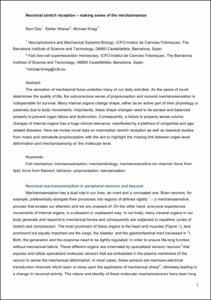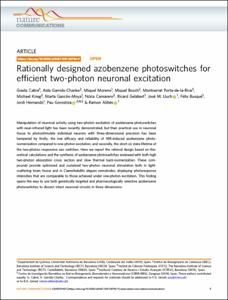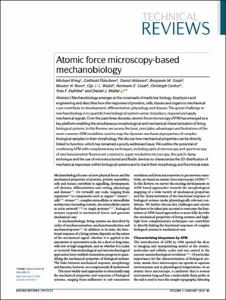Neurophotonics And Mechanical Systems Biology
Our main research goal is to understand the importance of cell mechanical properties for health and disease on the molecular and systems level. Mechanical forces are ubiquitous signals that provide information about our environments and our own body during touch and as we walk, breathe, and fall in love. Although failures to sense and cope with mechanical forces are linked to human diseases including peripheral neuropathies and neurodegenerative disorders, little is known about the connections between biomechanics and disease. One reason for this gap is the technical challenge of detecting forces and the deformations resulting from them within a living cell or organism. To fill this gap and advance our understanding, we develop and deploy new optogenetic tools (FRET, synthetic biology and genetic code expansion) to measure piconewton force and their consequences inside cells. From these data and informed by theoretical predictions, we derive insight and mechanistic understanding of how changes in protein and cell mechanics contribute to pathological transformations in mechanosensation and protection. Due to the wealth of genetic tools available for it, we use the small round worm, Caenorhabditis elegans, with its compact nervous system consisting of only 302 neurons, its short lifespan and simple body plan, as a model. We exploit microfluidic and nanotechnological tools to apply precise forces to single cells or animals. Simultaneously we visualize mechanical forces and their consequences using optogenetic stress sensors and state-of-the-art microscopy.
Col·leccions
Enviaments recents
-
Neuronal stretch reception – making sense of the mechanosense

(Elsevier, 2019-05-01)
(Elsevier, 2019-05-01)
Article
Accés obertThe sensation of mechanical force underlies many of our daily activities. As the sense of touch determines the quality of life, the subconscious sense of proprioception and visceral mechanosensation is indispensible for ... -
Rationally designed azobenzene photoswitches for efficient two-photon neuronal excitation

(Nature, 2019-02-22)
(Nature, 2019-02-22)
Article
Accés obertManipulation of neuronal activity using two-photon excitation of azobenzene photoswitches with near-infrared light has been recently demonstrated, but their practical use in neuronal tissue to photostimulate individual ... -
Direction Selectivity in Drosophila Proprioceptors Requires the Mechanosensory Channel Tmc

(Sciencedirect, 2019-03-01)
(Sciencedirect, 2019-03-01)
Article
Accés obertDrosophila Transmembrane channel-like (Tmc) is a protein that functions in larval proprioception. The closely related TMC1 protein is required for mammalian hearing and is a pore-forming subunit of the hair cell ... -
Atomic force microscopy-based mechanobiology

(Nature, 2018-11-01)
(Nature, 2018-11-01)
Article
Accés obertMechanobiology emerges at the crossroads of medicine, biology, biophysics and engineering and describes how the responses of proteins, cells, tissues and organs to mechanical cues contribute to development, differentiation, ...





